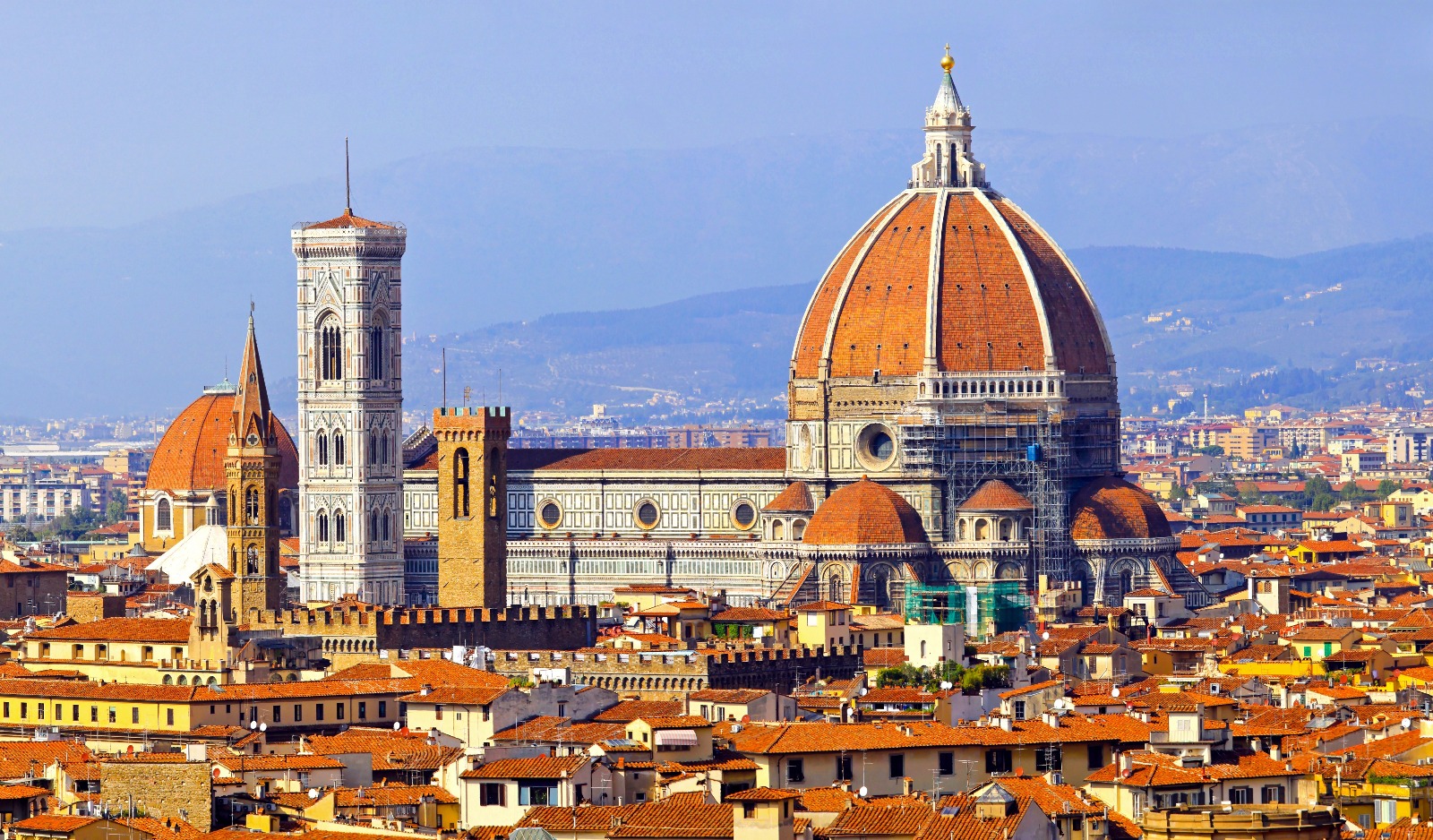Researchers speculate that the surge in spiritual tourism involves several factors, ranging from our skewed work-life balance to the current global popularity of Pope Francis.
Bestselling books like Eat, Pray, Love and Wild can make spiritual tourism seem like a relatively new phenomenon, but as author Lori Erickson points out, “People have been making treks to holy sites for millennia — in fact, these types of locations are probably the oldest form of tourism.”
These types of getaways don’t have to be done alone. Increasingly, couples are taking spiritual honeymoons or anniversary trips, to celebrate their love and strengthen their relationships.

The stereotype of the seeker-traveler is the unencumbered college student who’s trying to “find himself.” But people of all ages and all walks of life seek meaningful experiences for many reasons: a longing to reconnect to the Big Questions in life, as a response to dramatic life changes (grief, loss, milestone celebrations, overcoming adversity), or simply out of genuine curiosity and devotion.
Whatever the varied motivations, over 300 million people will visit the major religious sites this year, and a quarter of all Americans say they’d like to plan a faith-centered trip. Even if you don’t consider yourself a religious person, there are many ways to approach this type of travel, depending on what you’re interested in. Here are four ways to consider planning your spirit-nourishing trip.
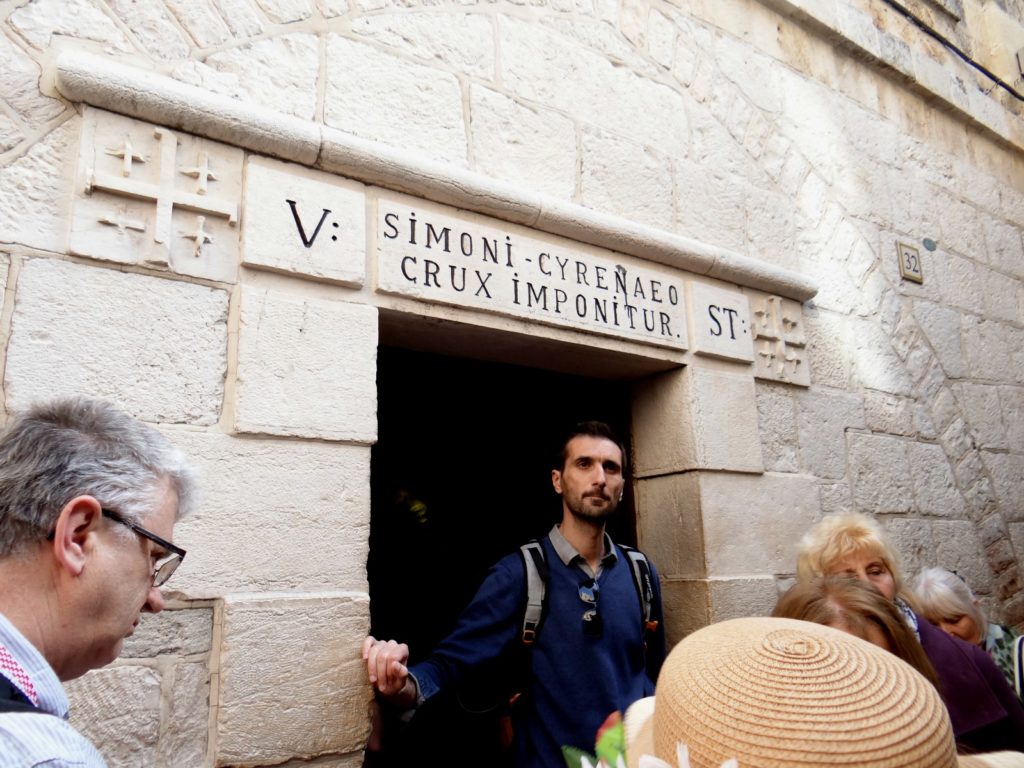
Person-centered journeys
While this type of trip might be more common for people who practice a specific religion, it can also be centered around people you’ve deeply admired, are curious about, or who’ve had a profound impact on your life. It’s a wonderful way to connect with the history and cultural context of people in religious history and to connect with the real stories of spiritual figures.
Examples: Visiting places of significance to Jesus, the Buddha, Rumi, Mother Theresa, or St. Francis. Or picking a theme, like your favorite women in religious history, or the hometowns of your favorite saints.
Where: The Holy Land, Ethiopia, India, Turkey, Italy.
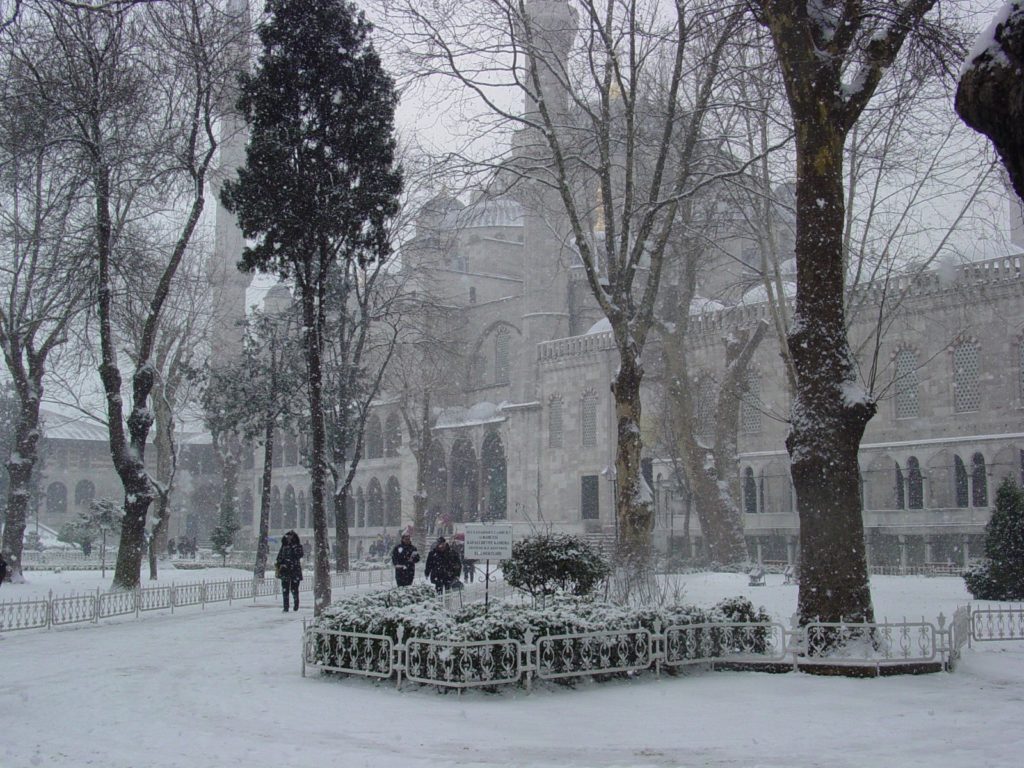
Location-centered journeys
There are certain places that in and of themselves are thought to be spiritual. This can be connected to their histories — specific events, certain people, or groups of people that lived there — but it also can be the surrounding landscape or the breathtaking architecture in that location. Sometimes places are considered spiritually “charged” because of the presence of certain magnetic or energetic fields in the area (this is common in deserts).
Examples: a holy temple, synagogue, mosque, or chapel; energetic vortexes in deserts; mountaintop monasteries.
Where: Rishikesh, India; Sedona, AZ; Angkor Wat, Cambodia; Mt. Shasta, CA; The Blue Mosque, Istanbul, Turkey; Uluru-Kata Tjuta National Park (Ayers Rock), Australia; Rio de Janeiro, Brazil.
Activity-centered journeys
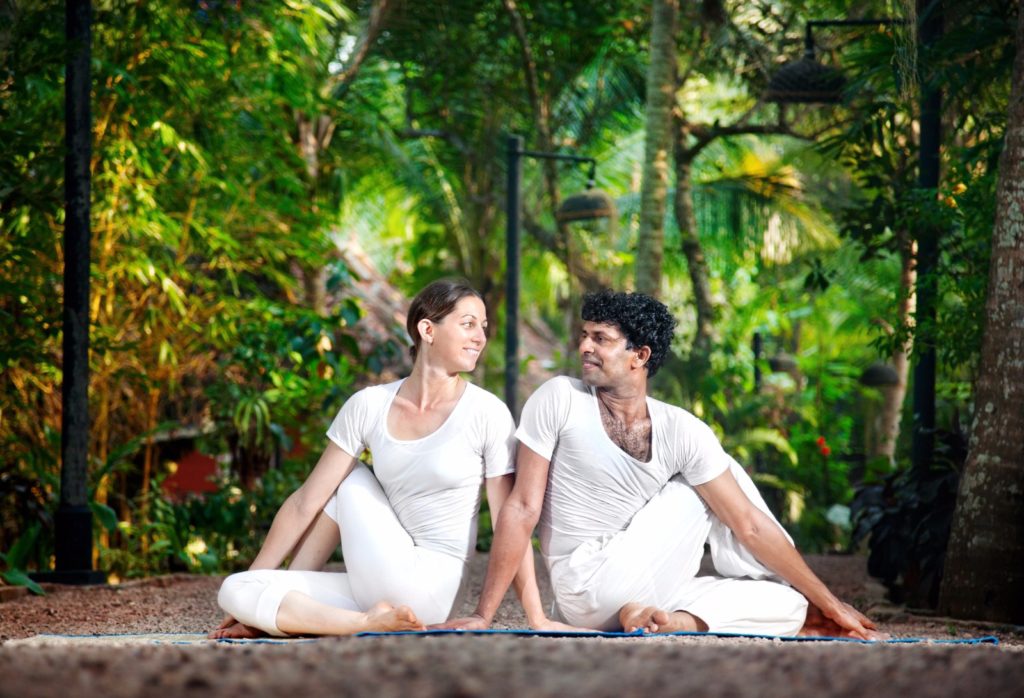
Maybe you’ve been practicing yoga for several years and want to learn more in an intensive course. Maybe you’re looking to deepen your meditative practice. Maybe you’re searching for ways to give back, to have your travel also be an act of service to others.
There are many places that offer a wide variety of ways to nourish your spirit by engaging in activities that are meaningful to you and to others. You can even be a monk for a month — a cultural and spiritual immersion program in Nepal, Cambodia, or India — if that’s something you’re interested in trying.
Examples: Yoga intensives; silent retreats; voluntourism with a reputable organization; writing, art, or music retreats.
Where: Yoga centers around the globe; Taize in Burgundy, France; Nepal; Thailand; Cambodia; South Korea; India; meditation centers in the US and globally; anywhere where trusted organizations operate and organize volunteer opportunities.
The-journey-is-the-destination journeys
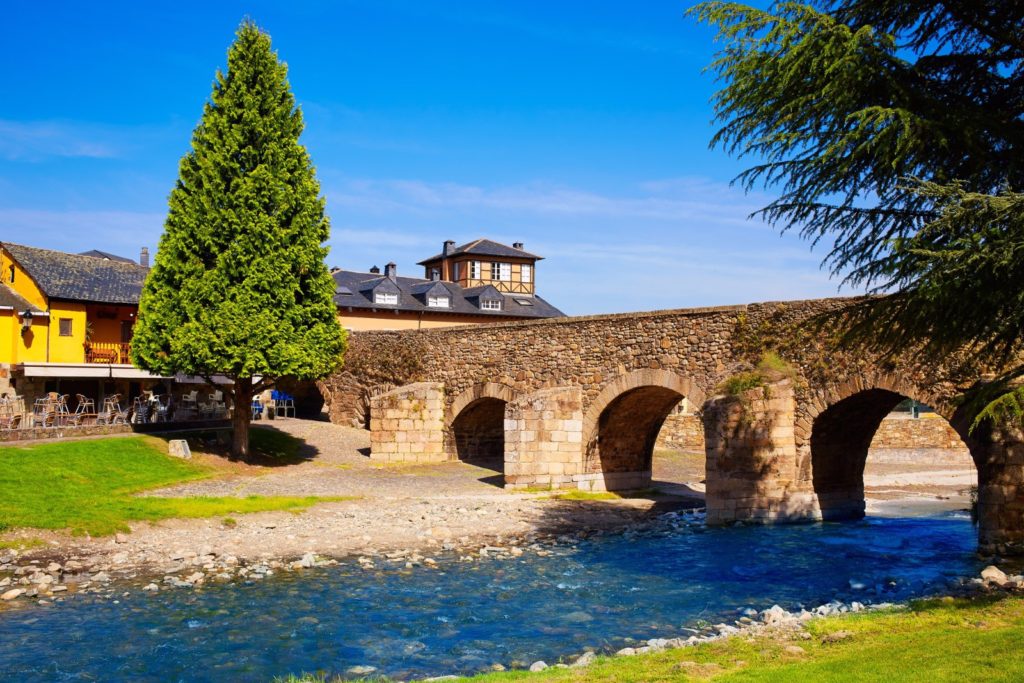
The poet Gary Snyder said, “Walking is the great adventure, the first meditation, a practice of heartiness and soul primary to humankind.” Perhaps there’s no better evidence for this than the ancient tradition of taking a walking pilgrimage. Sometimes silent and often lasting for days or even weeks, these journeys provide the unique opportunity to still the mind and spirit, to be in nature, to take a much-needed break from screen time, to challenge the body, and to experience the warm hospitality of strangers along the way. For the devout and non-religious alike, pilgrimages often prove to be powerfully transformative undertakings.
Where: El Camino de Santiago, Spain; Char Dham, India; Kumano Ancient Trail, Japan; Machu Pichu, Peru.
Given the frenetic and frantic pace of modern life — and how easy it is to feel disconnected from the things that matter most to us — a vacation that is truly a retreat might be the exact thing you need right now. Enjoy!


